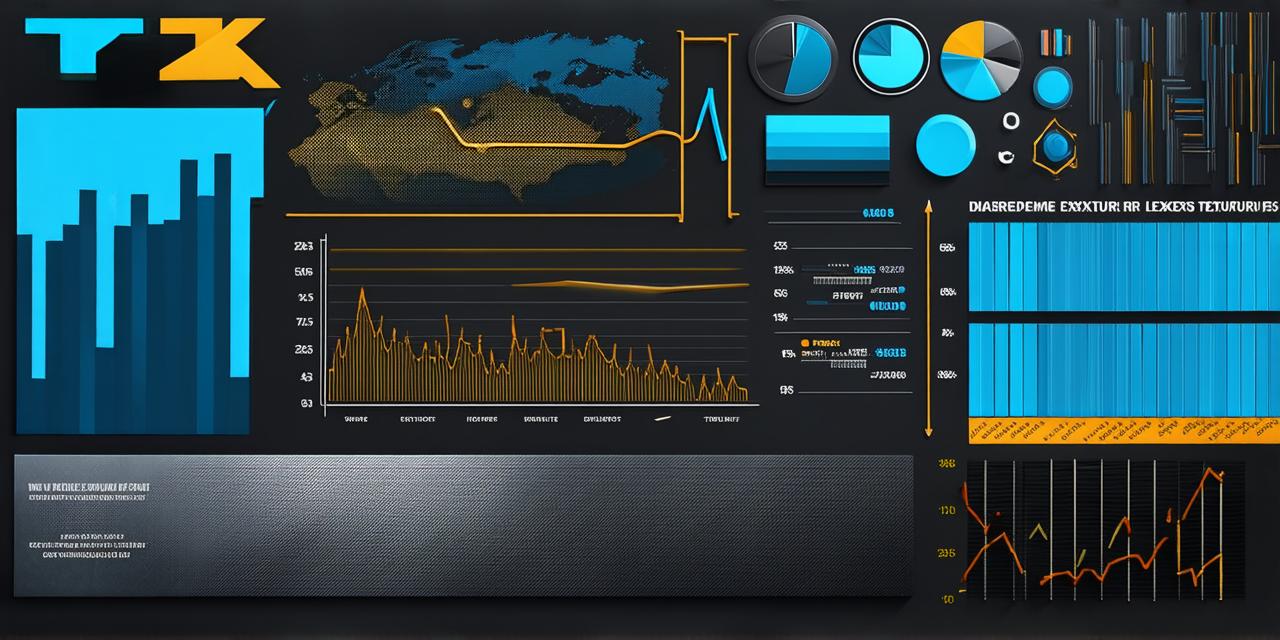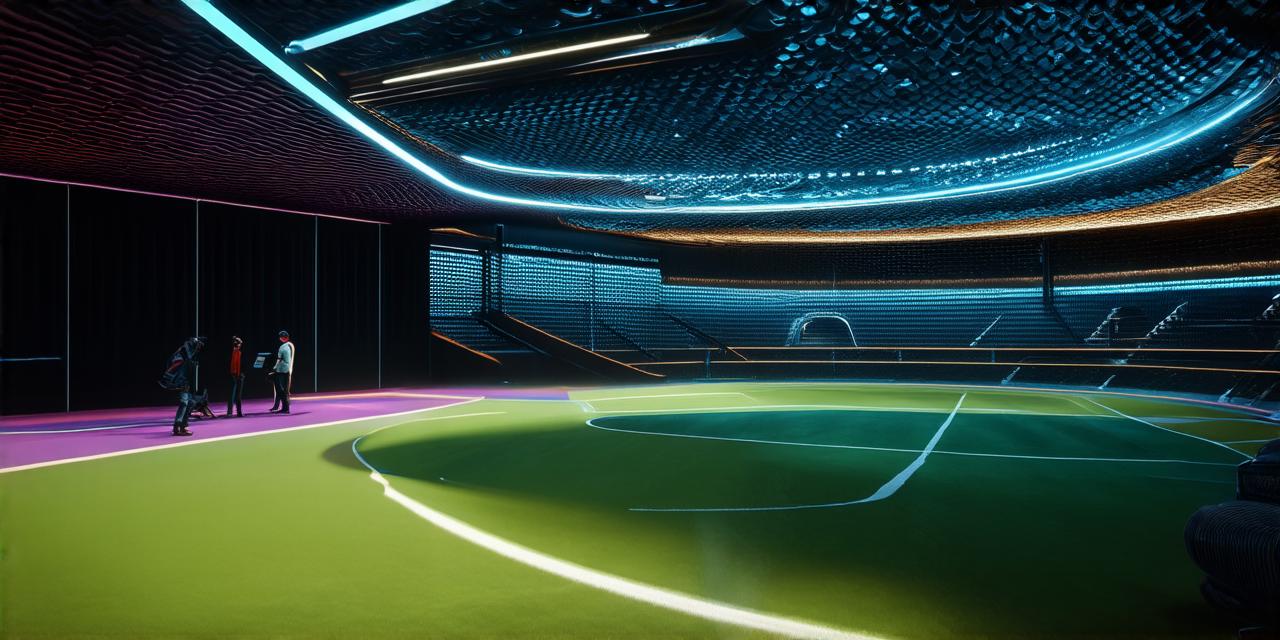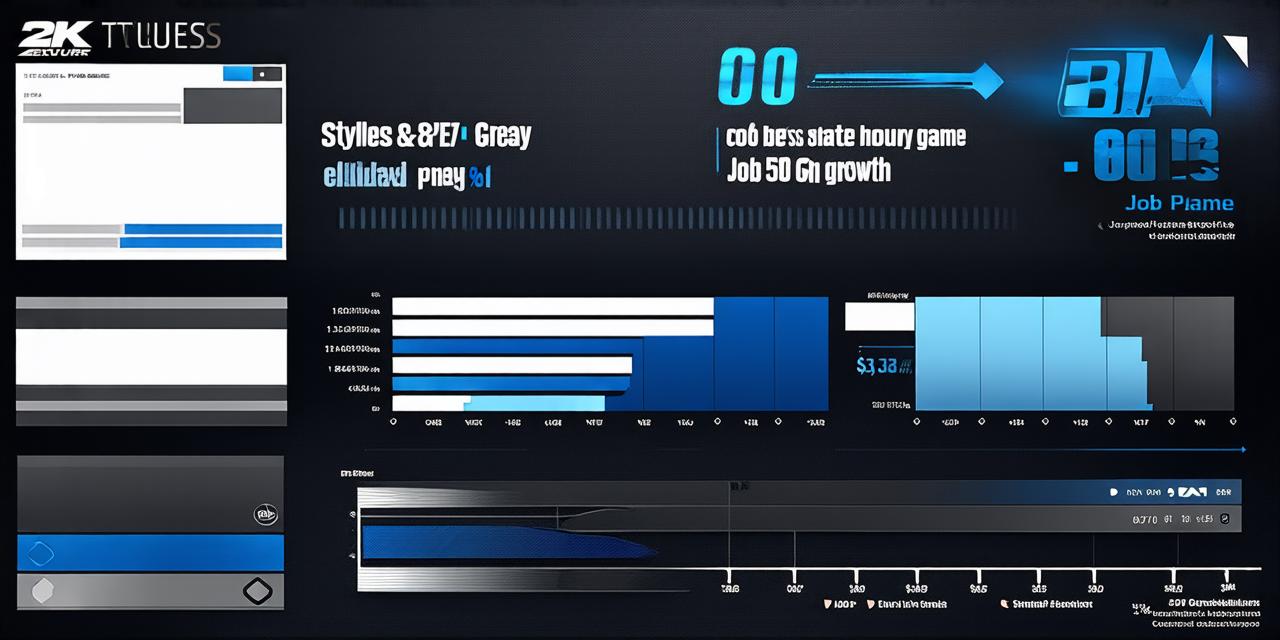Game development is a complex process that requires a deep understanding of game mechanics, player psychology, and marketing strategies. In order to create a successful game, developers need to optimize various elements of the game, such as graphics, sound, storyline, and gameplay, to ensure maximum engagement and virality.
Optimizing Graphics for Maximum Impact
Graphics are one of the most important aspects of a game. They set the tone and atmosphere of the game, and they can make or break a player’s experience. To optimize graphics for maximum impact, developers need to consider several factors, such as resolution, frame rate, and lighting.
Resolution
Resolution is the measure of how many pixels are displayed on a screen. A higher resolution means that the game will look sharper and more detailed, which can be especially important for mobile games where players may have smaller screens. However, high resolution also requires more resources to render, which can lead to slower loading times and lower frame rates.
Frame Rate

Frame rate is the number of frames per second (FPS) that a game displays. A higher frame rate means smoother animations and less motion blur, but it also requires more processing power, which can be a problem for older or low-end systems.
Lighting
Lighting is another important factor to consider when optimizing graphics. Lighting can set the mood of the game and create a sense of depth and dimension. However, it also requires more processing power to render, which can lead to slower loading times and lower frame rates.
Optimizing Sound for Maximum Immersion
Sound is another important aspect of a game that can greatly impact player experience. It provides feedback on actions and events in the game, and it can create an immersive atmosphere that draws players deeper into the story.
Audio Quality
Audio quality is important because it sets the standard for the overall sound experience. Low-quality audio can be jarring and distracting, while high-quality audio can create a more realistic and immersive environment.
Volume Levels
Volume levels are also important because they need to be balanced so that players can hear all of the sounds without being overwhelmed or deafened. This is especially important for games with complex soundscapes, where players may need to listen to multiple sounds at once.
Syncing with Graphics
Sound should match up with the actions and events in the game, creating a seamless and immersive experience.
Optimizing Storyline for Maximum Engagement
Storyline is an essential part of any game, as it provides players with a sense of purpose and direction. To optimize storyline for maximum engagement, developers need to consider several factors, such as pacing, character development, and branching narratives.
Pacing
Pacing is important because it keeps players engaged and invested in the story. A well-paced story will build tension and anticipation, leading players to keep coming back for more.
Character Development
Character development is also important because it helps players connect with the characters and become emotionally invested in their journey. Well-developed characters can make a game feel more real and immersive, creating a deeper connection with players.
Branching Narratives
Branching narratives are another important factor to consider when optimizing storyline. Branching narratives allow players to make choices that affect the outcome of the story, creating a sense of agency and replayability.
Optimizing Gameplay for Maximum Fun
Gameplay is the heart of any game, as it provides players with the opportunity to interact with the game world and achieve their goals. To optimize gameplay for maximum fun, developers need to consider several factors, such as balance, challenge, and progression.
Balance
Balance is important because it ensures that all elements of the game are fair and fun. A well-balanced game will keep players engaged and motivated, leading them to play for longer periods of time.
Challenge
Challenge is also important because it keeps players on their toes and encourages them to improve their skills. However, too much challenge can be overwhelming and frustrating, leading players to lose interest.
Progression
Players should feel a sense of accomplishment as they progress through the game, whether it’s by unlocking new levels or achieving specific goals.
Case Studies: Successful Games That Optimized for Maximum Engagement and Virality
There are many examples of games that have successfully optimized various elements to create a more engaging and viral experience. Here are a few examples:
Minecraft
Minecraft is a sandbox game that allows players to build and explore their own worlds. The game’s graphics were designed to be simple and blocky, which made it accessible to a wide range of players, including those with lower-end systems. The game also has a strong sense of community and player-generated content, which has helped it stay relevant and popular for years.
Angry Birds
Angry Birds is a physics-based puzzle game that has been downloaded over 2 billion times. The game’s graphics were designed to be simple and colorful, which made them appealing to a wide range of players. The game also has a strong sense of replayability, as players can try different strategies and challenge themselves to beat their high scores.
Fortnite
Fortnite is a battle royale game that has become hugely popular in recent years. The game’s graphics were designed to be bright and colorful, which made them appealing to a wide range of players. The game also has a strong sense of community and player-generated content, as players can create their own custom maps and modes.
Tetris
Tetris is a classic puzzle game that has been around for over 30 years. The game’s graphics were designed to be simple and abstract, which made them timeless and universally appealing. The game also has a strong sense of challenge and progression, as players must carefully plan their moves to clear the increasingly complex blocks.
FAQs:
Q: How do I optimize my game’s graphics for maximum impact?
A: To optimize your game’s graphics for maximum impact, consider factors such as resolution, frame rate, and lighting. Make sure to balance these factors based on the resources available to you and the needs of your target audience.
Q: How do I optimize my game’s sound for maximum immersion?
A: To optimize your game’s sound for maximum immersion, consider factors such as audio quality, volume levels, and syncing with graphics. Make sure to balance these factors based on the resources available to you and the needs of your target audience.
Q: How do I optimize my game’s storyline for maximum engagement?
A: To optimize your game’s storyline for maximum engagement, consider factors such as pacing, character development, and branching narratives. Make sure to balance these factors based on the needs of your target audience and the goals of your game.
Q: How do I optimize my game’s gameplay for maximum fun?
A: To optimize your game’s gameplay for maximum fun, consider factors such as balance, challenge, and progression. Make sure to balance these factors based on the needs of your target audience and the goals of your game.




